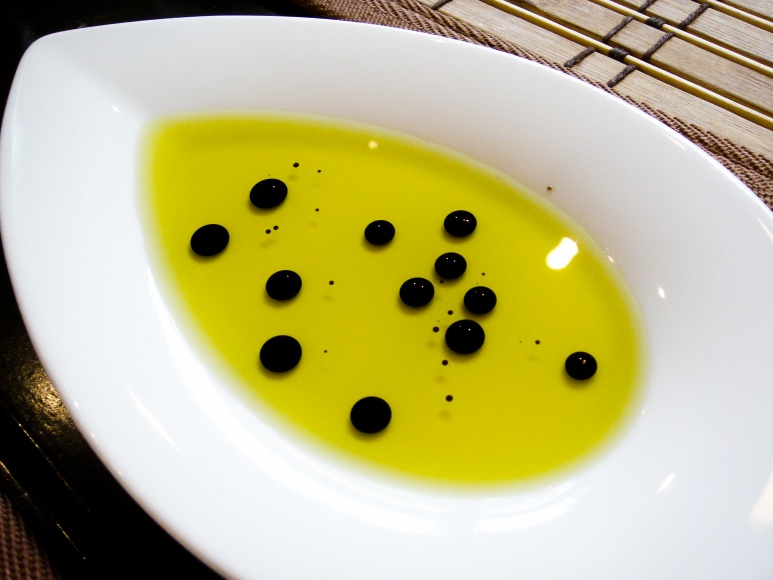Today’s Chronicle reports that balsamic and other red wine vinegars could elevate lead levels in children by an estimated 30 percent – but the model cited excluded children who are regularly exposed to old paint or lead-contaminated air or water. And because lead content varies widely depending on the brand of vinegar, there’s no conclusive evidence that the product is inherently poisonous.
The article is taken from an in-depth report at Environmental Health News, written by the same author. The EHN report notes that by far the greatest risks to kids and adults are leaded paint and contaminated air or water. In a sidebar, EHN lists dozens of red wine vinegars with lead levels considered to be safer, below California’s Proposition 65 limit.
When threatened with legal action in 2004, vinegar producers had researchers study the soil in parts of the grape-growing region of Modena, Italy. The studies determined that the soil was a source of the lead in the final product. But experts haven’t studied the production process exhaustively.
Since most food that is grown contains trace amounts of many metals, including lead, it’s possible that some aspect of processing increases the lead content. The metals testing lab at U.C. Santa Cruz is studying the production of the longer-aged balsamic vinegars, which tend to have the highest lead levels.
The EHN report notes that the acidity of vinegar makes the lead easier to dissolve in the bloodstream. Though there is no mention of lead content in wine, grape juice or table grapes, it is possible that wine and grape juice have less lead solubility since they have about a tenth the acidity of vinegars.










